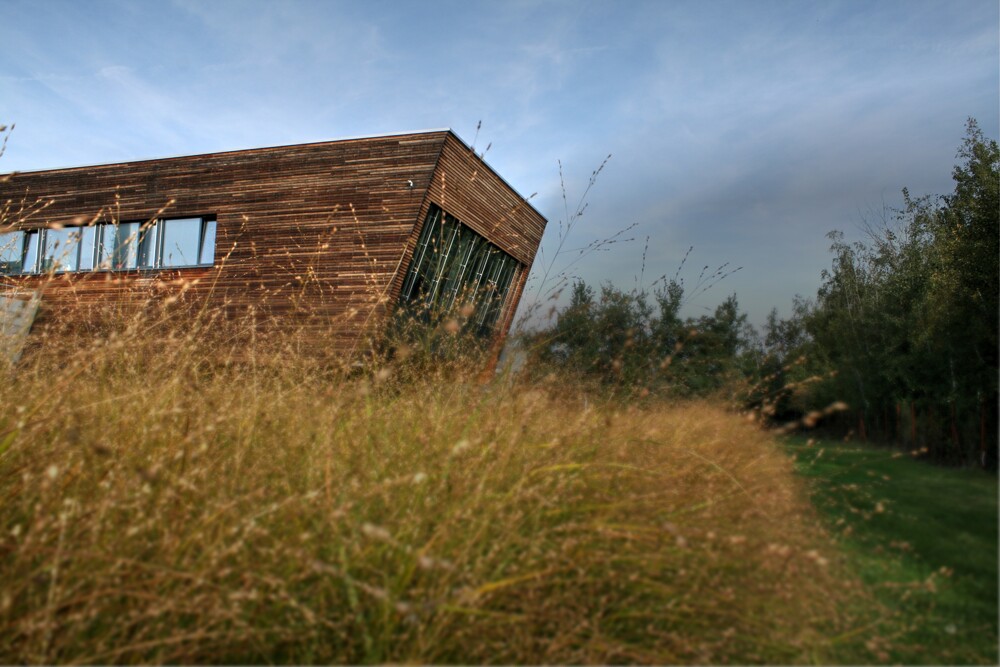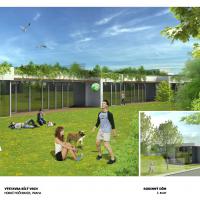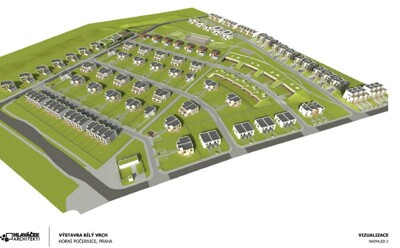

The University Center for Energy Efficient Buildings of CTU participates in the Next Generation District project. As part of it, a software tool for the optimal design of element sizes and the economics of energy systems was completed in December 2019. Work is now underway on predictive regulation for local distribution systems.
The main goal of the project is the development and pilot deployment of an innovative energy system in residential housing using advanced control theory and numerical optimization. This is a response to the direction of the European energy industry towards the maximum use of local renewable resources within individual buildings.
The connection of multiple objects into local distribution systems (LDS) promises significant economies of scale, but without a high degree of control there is a risk of uncontrolled overflows into the central distribution network, which could cause serious problems. The solution therefore includes dimensioning of energy elements, a business model supporting the involvement of end customers in energy management, predictive regulation of the system, linkage to dynamic energy prices and shifting of end customer consumption.
The first application was developed in December 2019 called A tool for optimal design of element sizes and economics of energy systems. According to selected economic indicators, such as net present value (NPV) and return on investment (ROI), it optimizes the dimensions of both energy sources (power of photovoltaic power plant, cogeneration unit, etc.) and energy storage (capacity and performance of battery storage with inverters, capacity hot water accumulation) and other LDS parameters (for example, the price of electricity distribution to customers, the size of reserved capacity and circuit breakers, etc.). The application is also suitable in the case of modernization of existing projects, where it takes into account the actual trends in the consumption of objects (heat, gas, electricity) and the production of photovoltaic power plants.
The Next Generation District project was supported by the Technological Agency of the Czech Republic within the THETA program.

The family houses built as part of the Bílý vrch development project in Horní Počernice will be part of the local distribution system.